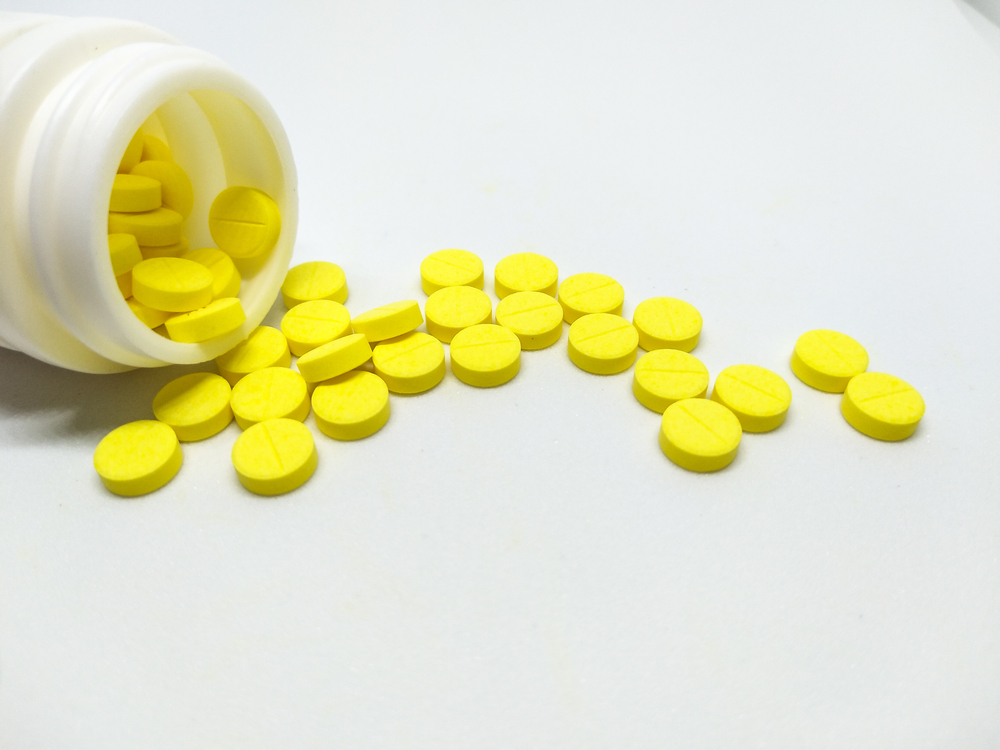Tracleer Increased Survival of Patients with Pulmonary Hypertension Due to IPF, Trial Shows

Actelion Pharmaceuticals’ Tracleer (bosentan) increased the overall survival and reduced the hospitalizations of patients with pulmonary hypertension stemming from idiopathic pulmonary fibrosis, or IPF-PH, a Japanese clinical trial shows.
Researchers published their preliminary findings on the ongoing long-term trial in the journal BMC Pulmonary Medicine. The title of the article is “Potential benefit of bosentan therapy in borderline or less severe pulmonary hypertension secondary to idiopathic pulmonary fibrosis — an interim analysis of results from a prospective, single-center, randomized, parallel-group study.”
The progression of pulmonary fibrosis increases the risk of a patient developing pulmonary hypertension, which affects cardiac function and can worsen patients’ outlook.
Because an increase in lung-artery blood pressure is irreversible, ideally doctors should begin treating IPF patient for pulmonary hypertension before symptoms appear. But there are no approved medications for IPF-PH, particularly those with honeycomb lung — a pattern whose hallmark is cysts in scarred lung tissue.
Actelion developed Tracleer specifically for pulmonary arterial hypertension. Previous studies suggested that Tracleer can improve PH in patients with respiratory diseases such as IPF.
Nippon Medical School researchers decided to study Tracleer’s long-term effectiveness and safety in IPF-PH patients. The trial (UMIN000004749) involved patients aged 20 and older with honeycomb lungs and symptoms suggesting progressive respiratory failure.
All 26 patients had borderline or mild pulmonary hypertension and needed regular hospital visits for treatment.
Researchers randomly assigned patients to Tracleer or no treatment. The team assessed patients every six months for two years. They looked at their lung and heart function, ability to engage in daily activities, and their respiratory failure rates.
Tracleer significantly improved patents’ overall survival to 671 days, versus 434 in the untreated group. It also increased the time that patients spent outside the hospital to 603 days, versus 359.
In addition, it improved patients’ lung blood circulation, slowed deterioration in their lung function, and improved their daily-living-capability scores.
Other important findings were that Tracleer reduced the risk of patients’ shortness of breath worsening, reduced their hospitalizations, and reduced their need for supplemental oxygen.
“The study appears to suggest that the [Tracleer]-treated group fared remarkably better than the untreated group,” the researchers reported. The team plans to analyze more patients to confirm the results.
Researchers are also evaluating Tracleer’s ability to improve the cardiac function of patients with PH secondary to chronic obstructive pulmonary disease, or COPD.






